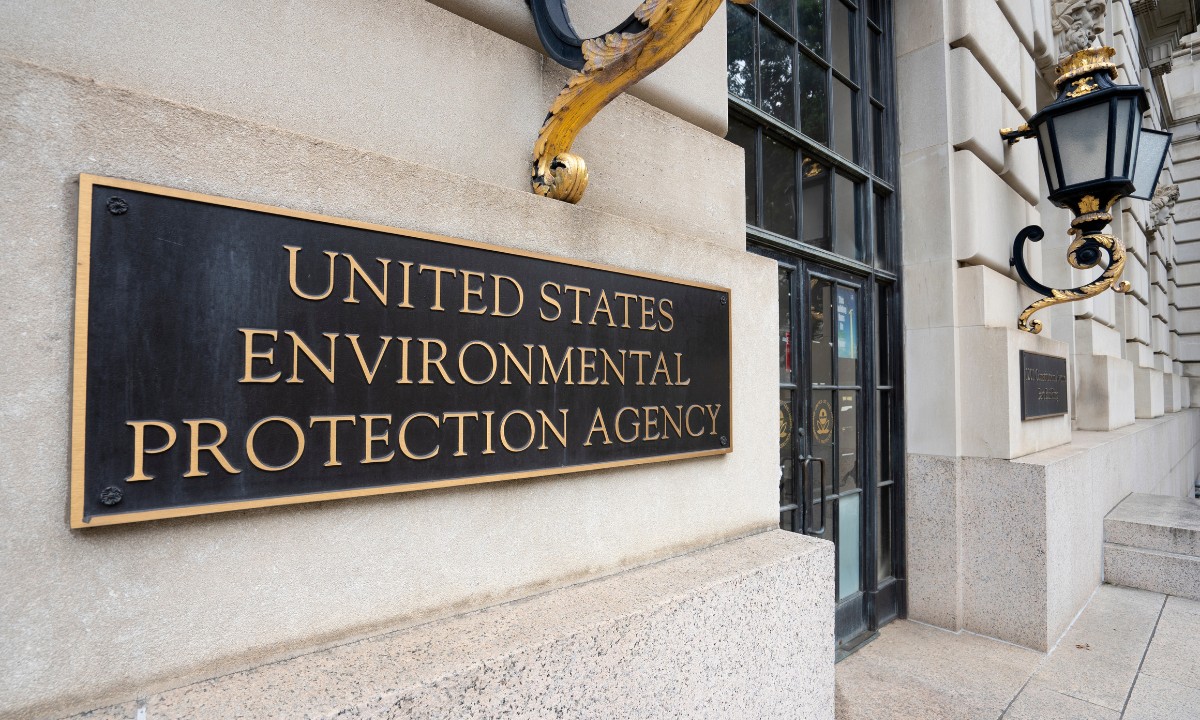EPA finalizes SNAP 26 rule raising the max R290 charge in self-contained cases to 500g
June 04, 2024

The U.S. Environmental Protection Agency (EPA) has finalized the Significant New Alternatives Policy (SNAP) 26 rule, which raises the R290 (propane) charge limits for self-contained commercial cases from 150g (5.3oz) to 300g (10.6oz) for closed cases (those with doors) and to 500g (17.6oz) for open cases (those without doors).
The timeline: SNAP 26 aligns the EPA with a standard previously set by UL that was then incorporated by ASHRAE.
- In October 2021, UL approved the second edition of its UL 60335-2-89 standard, which raised the charge limit for hydrocarbons in closed and open cases to 300g and 500g, respectively. The 300-gram limit is eight times the lower flammability limit (LFL) for R290, while the 500-gram limit is 13 times the LFL.
- The EPA first proposed the adoption of higher R290 charge limits for self-contained commercial cases in May 2023.
What else is covered: In addition to increasing the charge limit for closed and open cases, SNAP 26 also raises the R290 charge limit for self-contained ice makers and enables R290 to be used as a refrigerant in refrigerated food processing and dispensing equipment.
- SNAP 26 applies to equipment manufactured specifically to meet the second edition UL standard 60335-2-89 and that is built after the final rule’s “effective date,” which is 30 days after its publication in the Federal Register. As of May 31, SNAP 26 has yet not been published.
Next steps: State and local building codes need to adopt UL 60335-2-89 2nd Edition to facilitate the installation of commercial cases with higher R290 charges in stores.
- According to ATMOsphere’s 2023 Natural Refrigerants: State of the Industry report (p. 82), several states – including New York, California and Texas – have passed legislation to update their building codes with the UL standard once it’s approved by the EPA. ATMOsphere is the publisher of NaturalRefrigerants.com.
- At least 11 states have already updated their building codes to reflect the new UL standard, ATMOsphere’s 2023 market report notes (p. 82).
What it means for NatRefs: Higher charge limits could mean make self-contained R290 cases a more competitive option when compared to remote CO2 (R744) cases for small food retailers seeking to upgrade to natural refrigerant systems. A higher charge limit means fewer refrigerant circuits, and moving from a multi-circuit to a single-circuit setup will lower costs and increase energy efficiency by decreasing the number of compressors and condensing units per case. However, Marek Zgliczynski, R&D Director at OEM Nidec Global Appliance, said in 2022 that some companies may actually prefer to stick with a multi-circuit approach.
- Zgliczynski said that, because the second edition of UL 60335-2-89 requires equipment to be constructed to prevent a flammable refrigerant concentration to surround the equipment in the case of a leak, manufacturers may opt to continue building multi-circuit systems.
- “The market is already well-served by what we are producing today,” said Zgliczynski. “With 150g, the majority of self-contained cabinets are covered.”
- ATMOsphere’s 2023 market report estimates there are 928,000 self-contained hydrocarbon commercial cases installed in the United States (p. 101).


